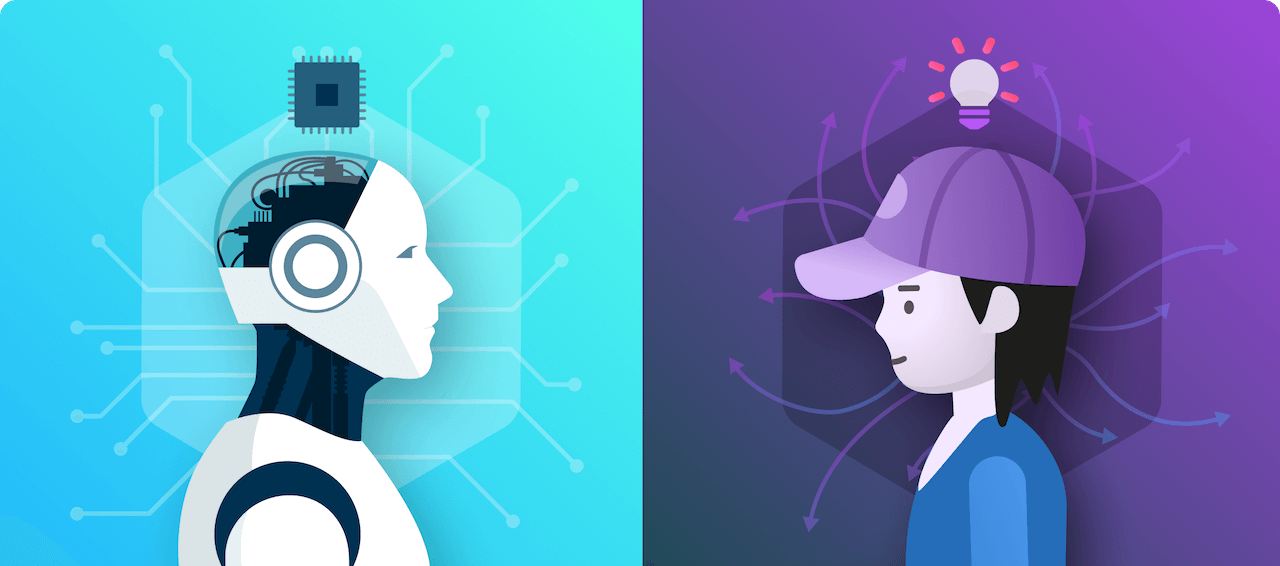
The rise of generative AI: How it’s transforming industries and unlocking new opportunities
December 7, 2022
/
4 -min read
This blog post about generative AI was generated completely by AI, including the image. One…
Show more